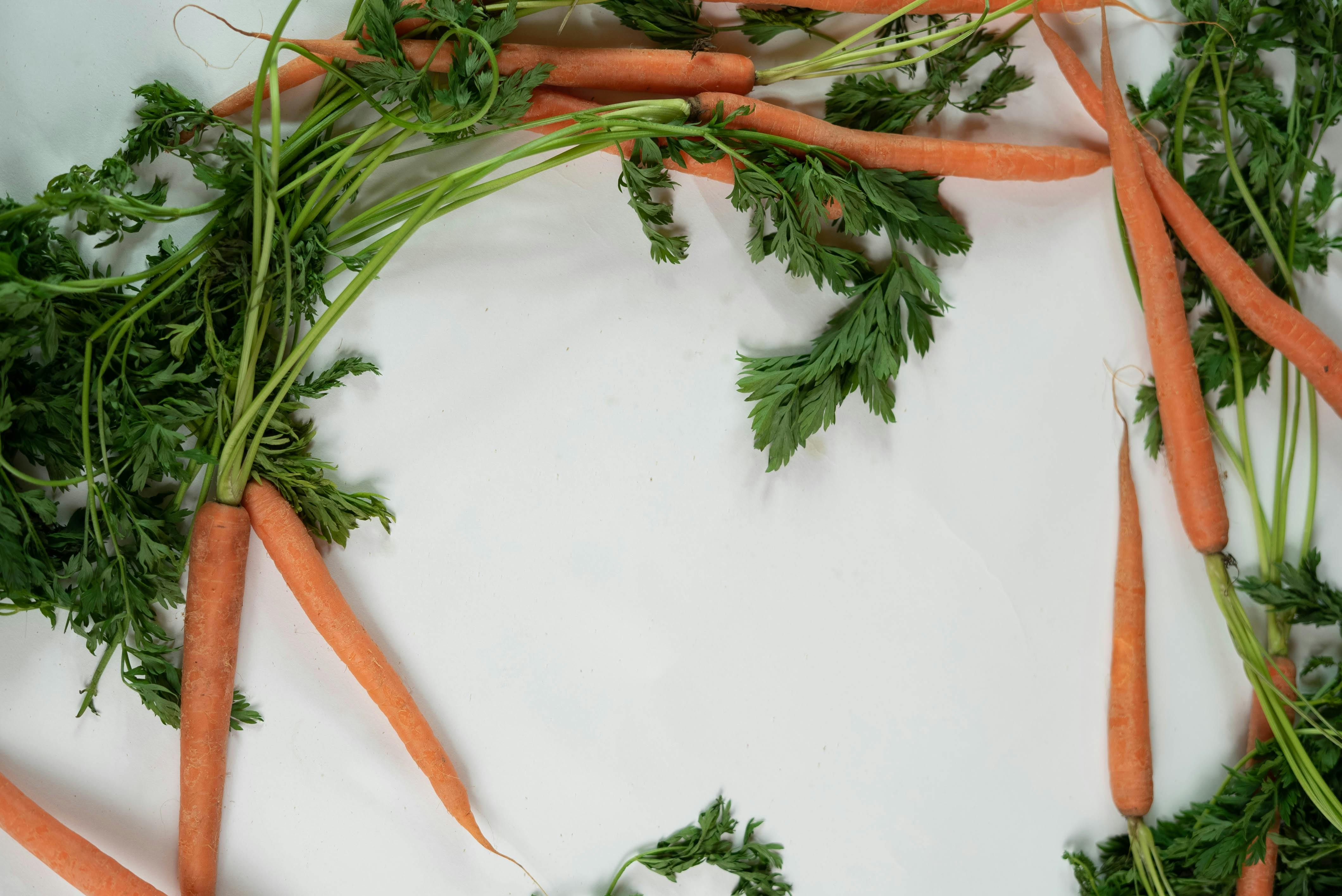Plastics are synthetically produced non-metallic compounds. It can be molded into various shapes and hardened for commercial use. Plastic molding products can be seen everywhere. Some examples are jars, protective lids, plastic tubes, potholders, toys, bottles, cases, accessories, kitchen utensils and much more.
Even the keyboard and mouse you use are made via plastic molding. Even the plastic parts of the chair you are sitting on are created this way.
The basic idea in plastic molding is to insert molten liquid plastic into an already formed mold, for example a bottle mold. It will then be allowed to cool, then the mold will be removed to reveal the plastic bottle.
Plastic molding can also custom mold a wide variety of plastic products, including: garden pots, cabinets, office trays and boxes, barriers, barricades, and traffic signage and displays for product promotions and marketing.
If you are planning to get into the plastic molding business, you must first be aware of the different processes. Choose from a plastic molding process that fits your budget, expertise, and resources. Here are basic definitions of various plastic molding methods.
Plastic molding processes:
1. Injection molding
In injection molding, molten plastic is forced into a cavity in the mold. Once cooled, the mold can be removed. This plastic molding process is commonly used in the mass production or prototyping of a product. Injection molding machines were made in the 1930s. These can be used to mass-produce toys, kitchen utensils, bottle caps, and cell phone holders, to name a few.
2. Blow molding
Blow molding is just like injection molding, except hot liquid plastic is poured out of a barrel vertically into a molten tube. The mold closes on it and forces it out to fit the interior shape of the mold. When it cools, the hollow part is formed. Examples of blow molded products are bottles, tubes, and containers.
The equipment required to set up a blow molding business is relatively higher than that for injection molding.
3. Compression molding
In this type of plastic molding, a piece of hard plastic is pressed between two heated mold halves. Compression molding generally uses vertical presses instead of the horizontal presses used for injection blow molding. The formed parts are then air-cooled. The prices of the equipment used for compression molding are moderate.
4. Film insert molding
This plastic molding technique embeds an image below the surface of a molded part. A material such as film or cloth is inserted into a mold. Plastic is then injected.
5. Gas assisted molding
Also called gas injection molding, it is used to create plastic parts with hollow interiors. Then, partial plastic injection is followed by high-pressure gas to fill the mold cavity with plastic.
6. Rotational molding
Hollow molds filled with powdered plastic are attached to pipe-like radii extending from a central axis. The molds rotate on separate axes at the same time. The center rotates the entire mold into an enclosed kiln room, causing powder to melt and stick to the inside of the tools. As the molds slowly rotate, the tools are moved to a chill room. Here, the sprayed water causes the plastic to harden into a hollow piece. In this type of plastic molding, tooling costs are low and part prices are high. Cycle time lasts 40-45 minutes.
7. Structural foam molding
Structural foam molding is a plastic molding process typically used for parts that require thicker walls than standard injection molding. Inserting a small amount of nitrogen or chemical blowing agent into the plastic material makes the walls thicker. Foaming occurs when molten plastic material enters the mold cavity. A thin plastic skin is formed and solidifies on the wall of the mold. This type of plastic molding can be used with any thermoplastic that can be injection molded.
8. Thermoforming
In this plastic molding process, sheets of pre-extruded rigid plastic are heated horizontally and sucked into one-piece hollow tools. When the hot plastic solidifies, its shape conforms to that of the mold.
Tooling costs are typically low, and part prices vary depending on the machinery.
Plastic molding is a highly technical process. You need experts in this type of manufacturing business to be competitive in the market. Therefore, a very scientific and systematic study must first be done before undertaking this endeavor.

